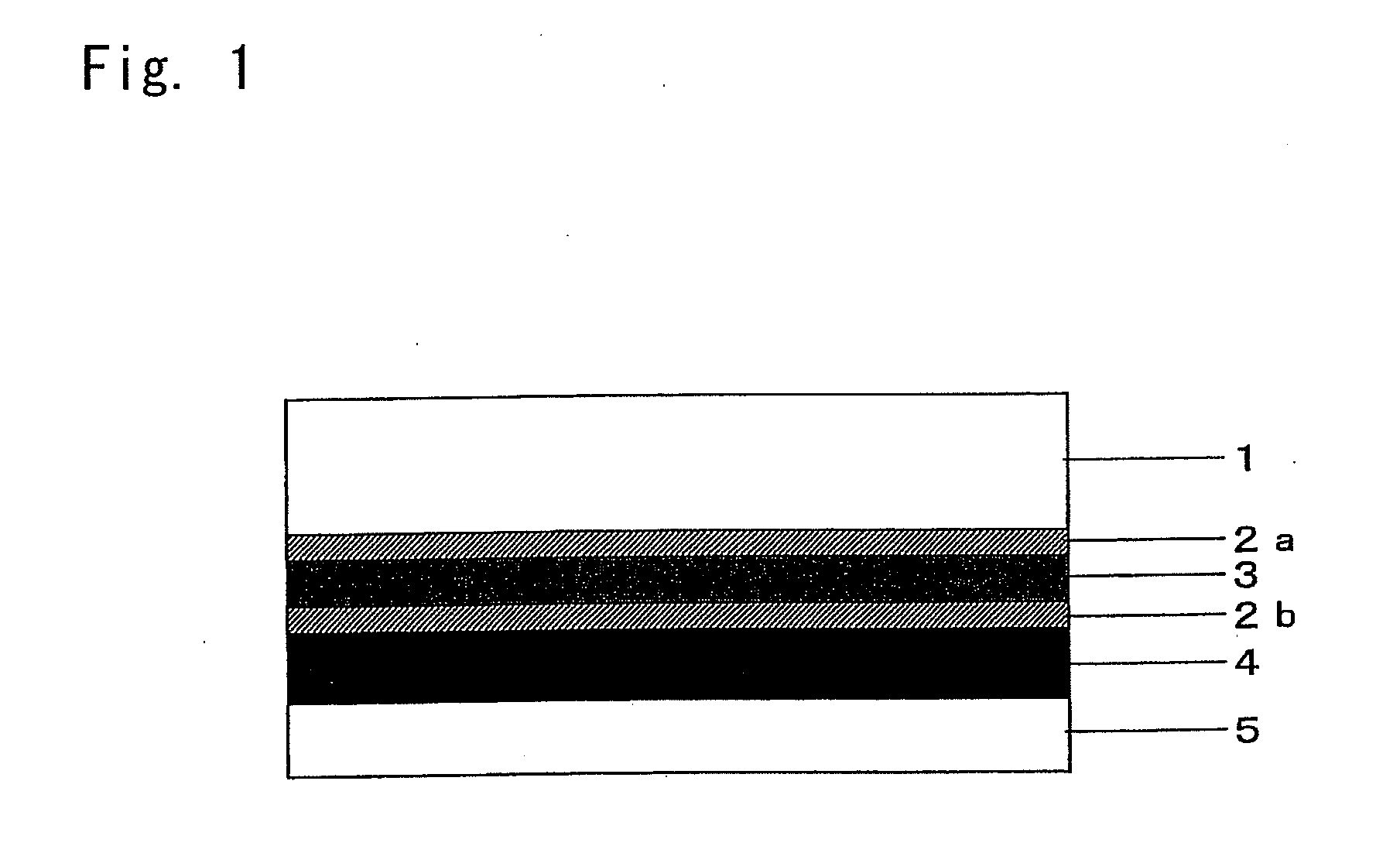Oxygen absorber for blending in a resin and method of producing the same
a technology of oxygen absorber and resin, which is applied in the direction of synthetic resin layered products, natural mineral layered products, metal layered products, etc., can solve the problems of difficult to suppress the generation of hydrogen to a sufficient degree, the oxygen-absorbing capacity decreases, and the oxygen absorber is sintered during heat treatment and forms coarse particles in large amounts. , to suppress the amount of hydrogen gas generated, the effect of reducing the amount and suppressing the decrease of the oxygen-absorbing capacity
- Summary
- Abstract
- Description
- Claims
- Application Information
AI Technical Summary
Benefits of technology
Problems solved by technology
Method used
Image
Examples
example 1
[0053]100 Parts by weight of a rotary reduced iron powder (metal iron content of 90%, average particle size of 45 μm), 2 parts by weight of table salt and 1 part by weight of calcium hydroxide were mixed together, were pulverized for 10 hours by using a vibration ball mill, and were classified by using a sieve of 180 mesh to remove coarse particles of 90 μm or larger to thereby obtain a mixed and finely pulverized material. The obtained finely pulverized material was charged in an amount of 50 kg in a batch-type rotary furnace of a volume of 230 l, and was heat-treated under the conditions of a rotational speed of 6 rpm, nitrogen gas flow rate of 10 l / min., and 550° C. for 8 hours (heated for 2 hours, cooled for 8 hours). During the heat treatment, the air was introduced instead of the nitrogen gas at a flow rate of 10 l / min. for 6 hours to accelerate the oxidation on the surfaces. The obtained heat-treated oxygen absorber was classified by using a sieve of 180 mesh to remove coarse...
example 2
[0055]An oxygen absorber was obtained in the same manner as in Example 1 but adding the calcium hydroxide in an amount of 2 parts by weight and charging the mixed and finely pulverized material in an amount of 25 kg in the batch-type rotary furnace. The oxygen absorber possessed a specific surface area of 1.0 m2 / g, an average particle size of 23 μm, a half-peak width on a plane (110) of iron of 0.13° / 2θ as measured by the X-ray diffraction, and the content of metal iron of 67%. Table 1 shows the amount of coarse particles contained in the obtained oxygen absorber and removed by the classification of two times in the step of production together with the measured results of the amount of oxygen absorption and the amount of hydrogen generation.
example 3
[0062]30 Parts by weight of the oxygen absorber obtained in Example 1 and 70 parts by weight of a polypropylene (PP) having a melt index (MI) of 0.6 (g / 10 min, 230° C.) were melt-kneaded by using a biaxial extruder (TEM-35B manufactured by Toshiba Kikai Co.) to prepare oxygen absorber-blended pellets. A 4-kind-6-layer sheet (a total thickness of 0.5 mm, thickness ratio of PP / ADH / EVOH / ADH / PO / PP=30 / 1 / 5 / 1 / 10 / 10) using the oxygen absorber-blended pellets (PO) as a first intermediate layer, ethylene / vinyl alcohol copolymer (EVOH: ethylene content of 32 mol %, saponification degree of 99.6 mol %) as a second intermediate layer, white PP obtained by blending PP with 8% by weight of a titanium white pigment as inner and outer layers, and maleic anhydride-modified PP (ADH) having an MI of 1.0 (g / 10 min, 230° C.) as an adhesive layer, was produced by using a forming machine comprising a monoaxial extruder, a feed block, a T-die, a cooling roll and a sheet-drawing device. Table 2 shows the mea...
PUM
| Property | Measurement | Unit |
|---|---|---|
| particle size | aaaaa | aaaaa |
| specific surface area | aaaaa | aaaaa |
| 2θ | aaaaa | aaaaa |
Abstract
Description
Claims
Application Information
 Login to View More
Login to View More - R&D
- Intellectual Property
- Life Sciences
- Materials
- Tech Scout
- Unparalleled Data Quality
- Higher Quality Content
- 60% Fewer Hallucinations
Browse by: Latest US Patents, China's latest patents, Technical Efficacy Thesaurus, Application Domain, Technology Topic, Popular Technical Reports.
© 2025 PatSnap. All rights reserved.Legal|Privacy policy|Modern Slavery Act Transparency Statement|Sitemap|About US| Contact US: help@patsnap.com

